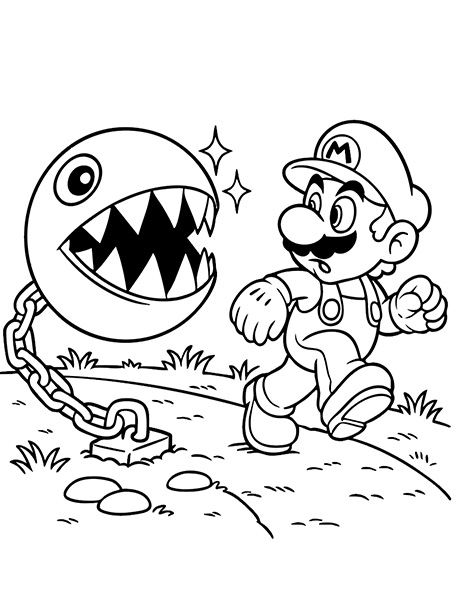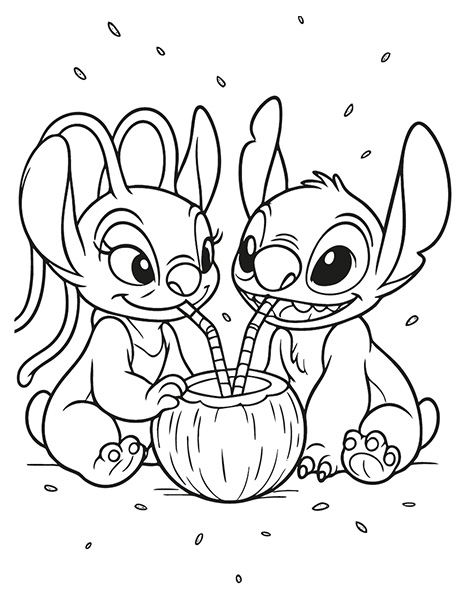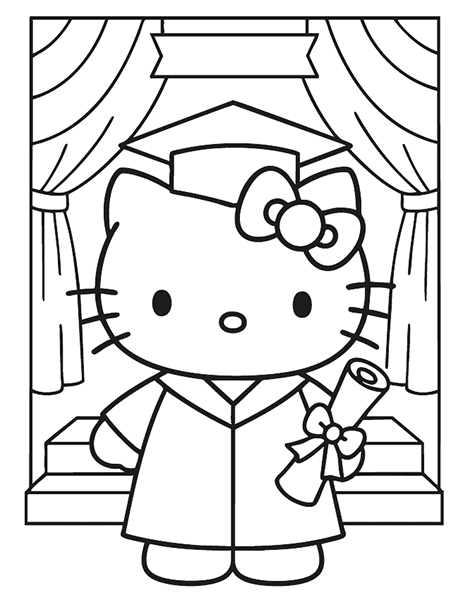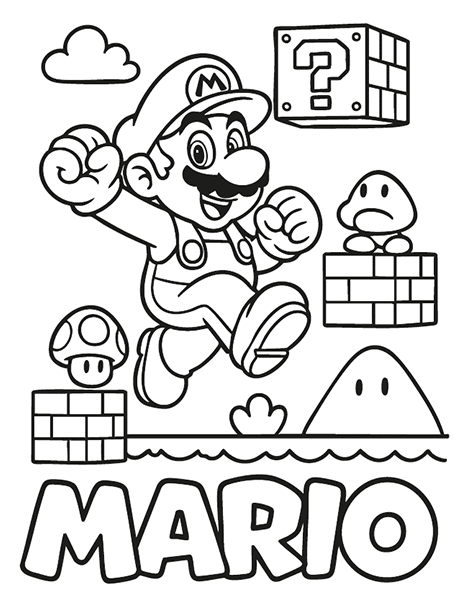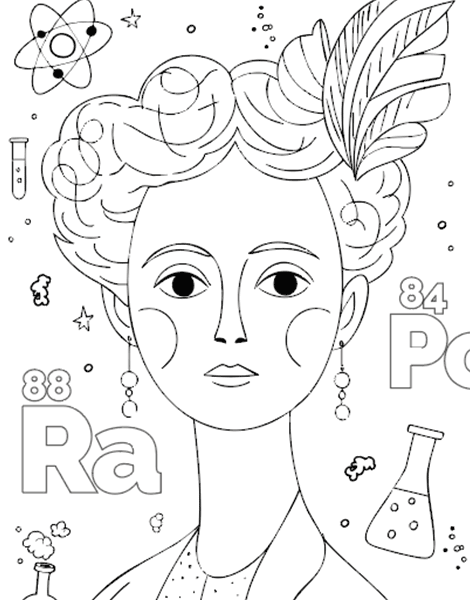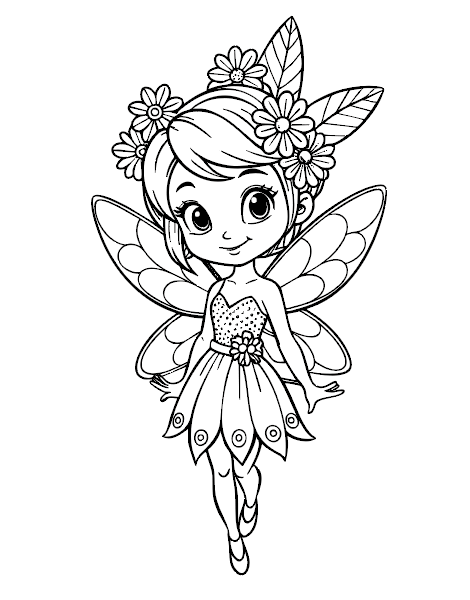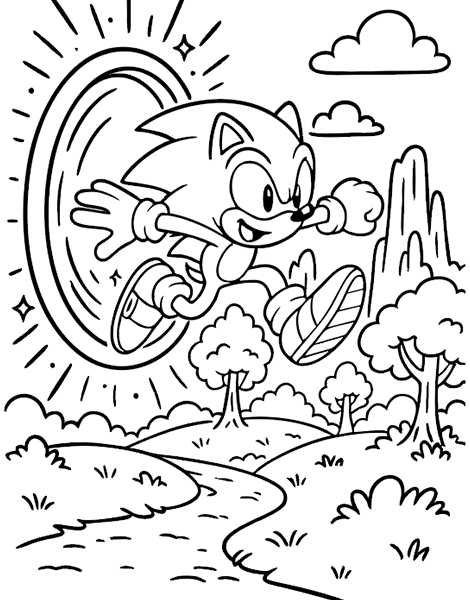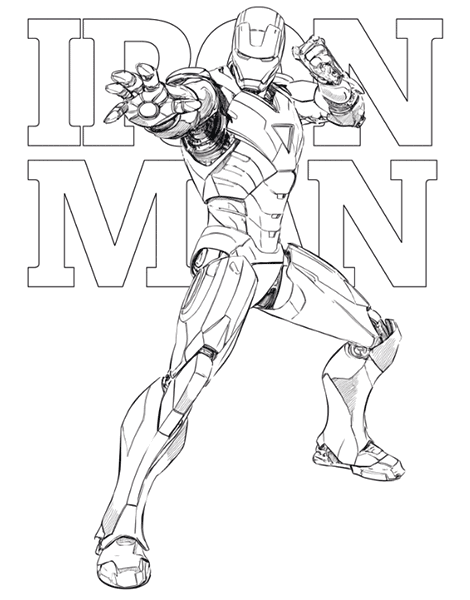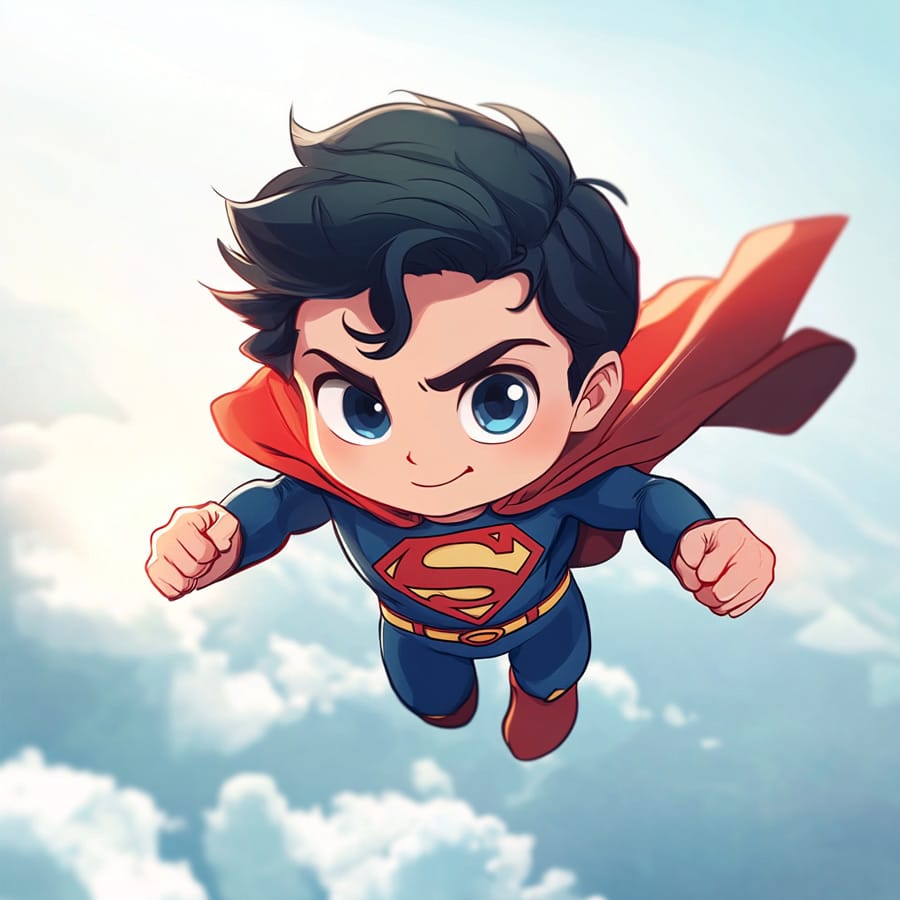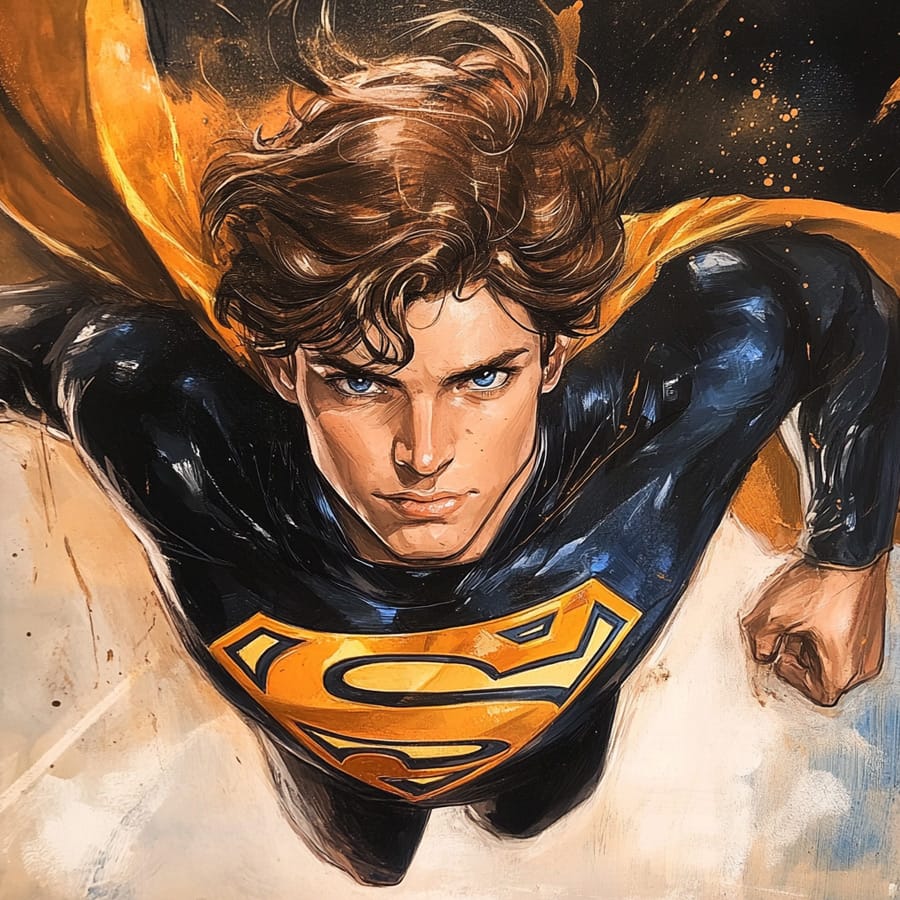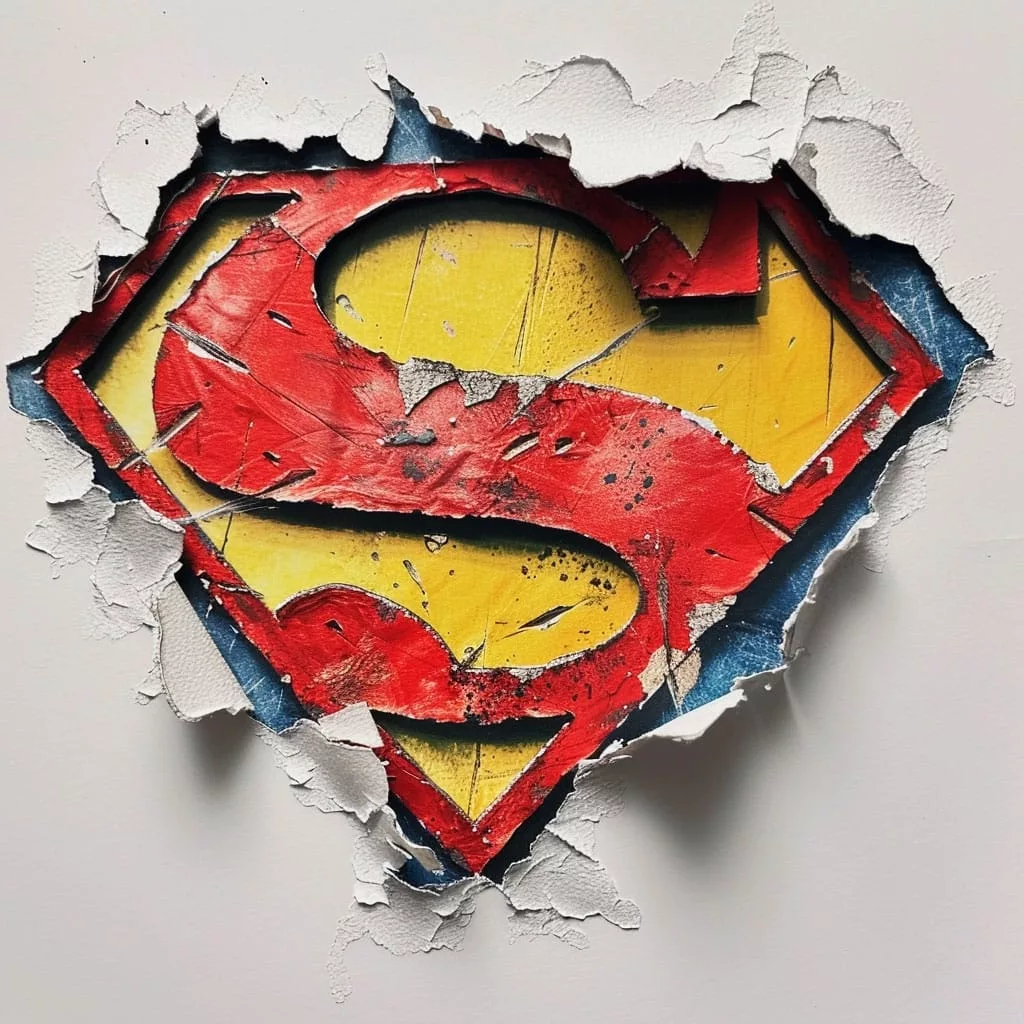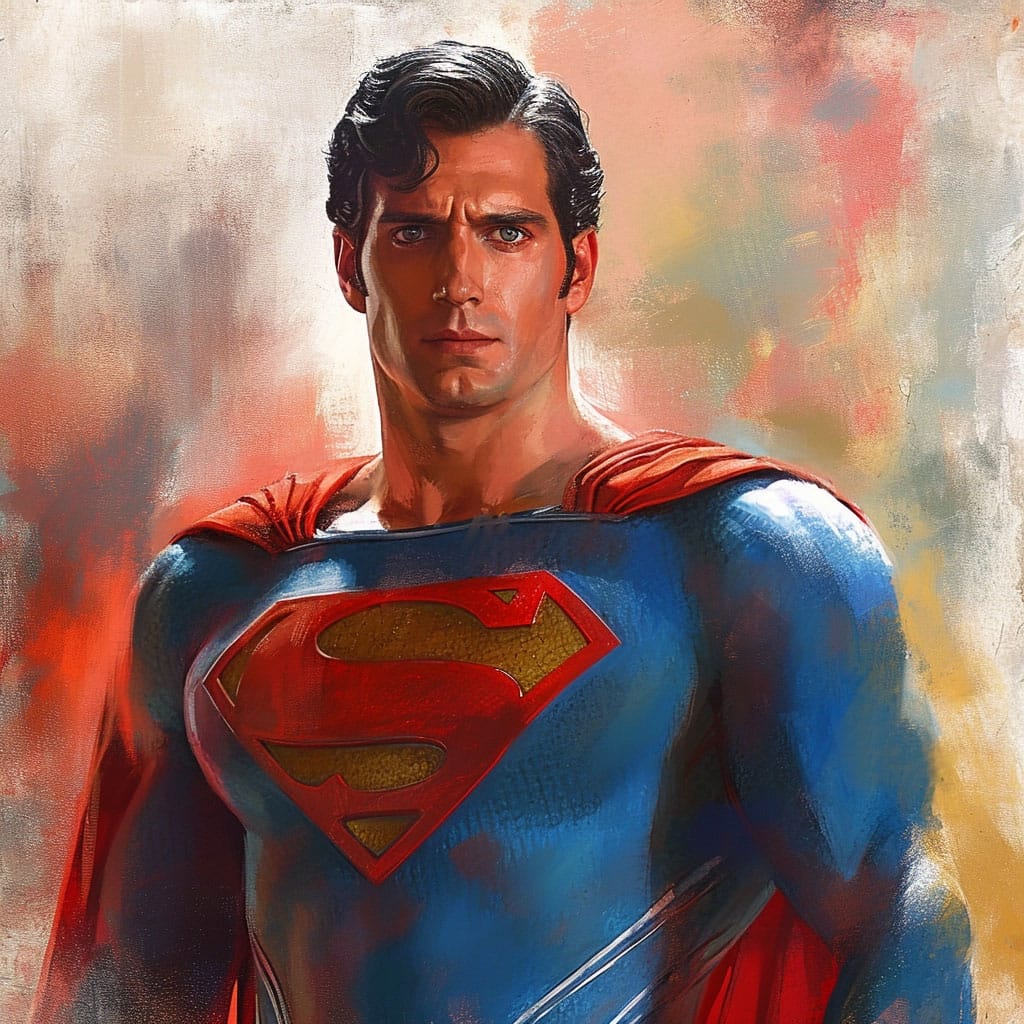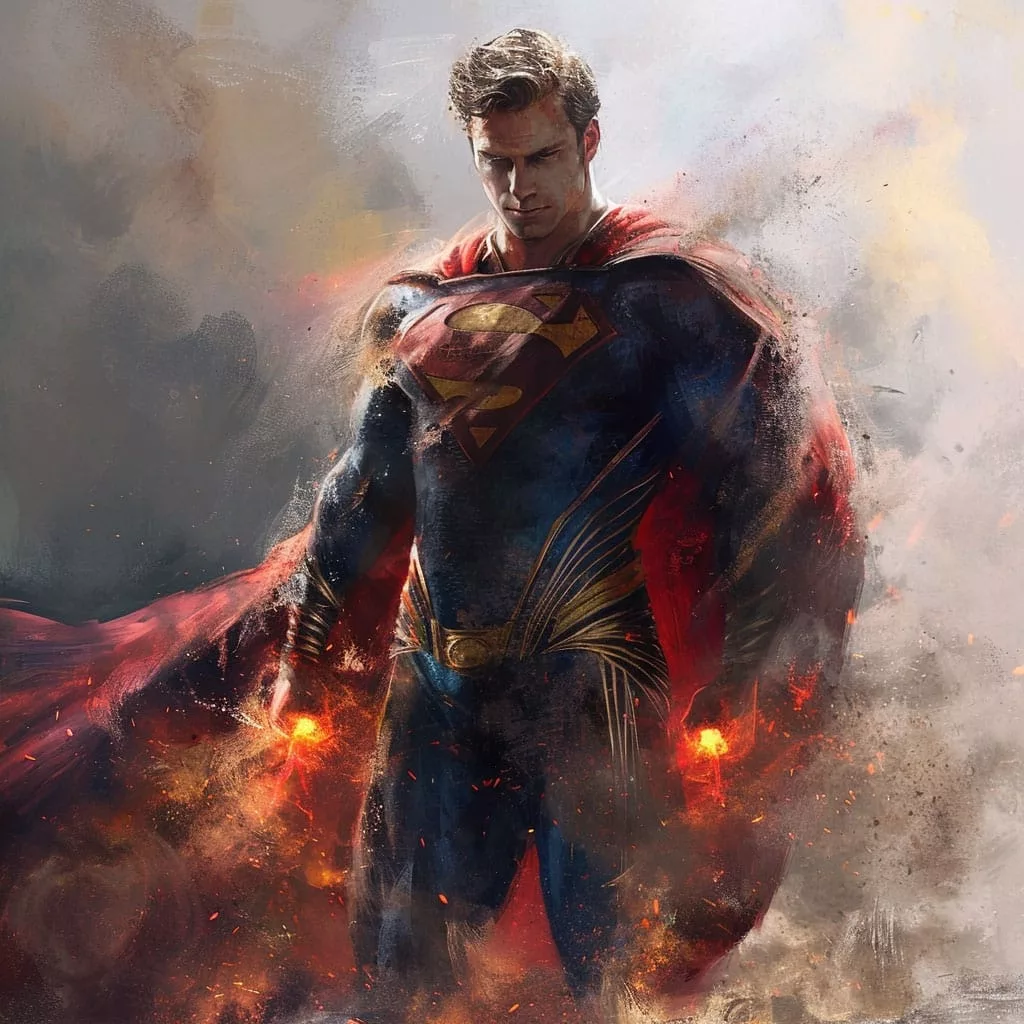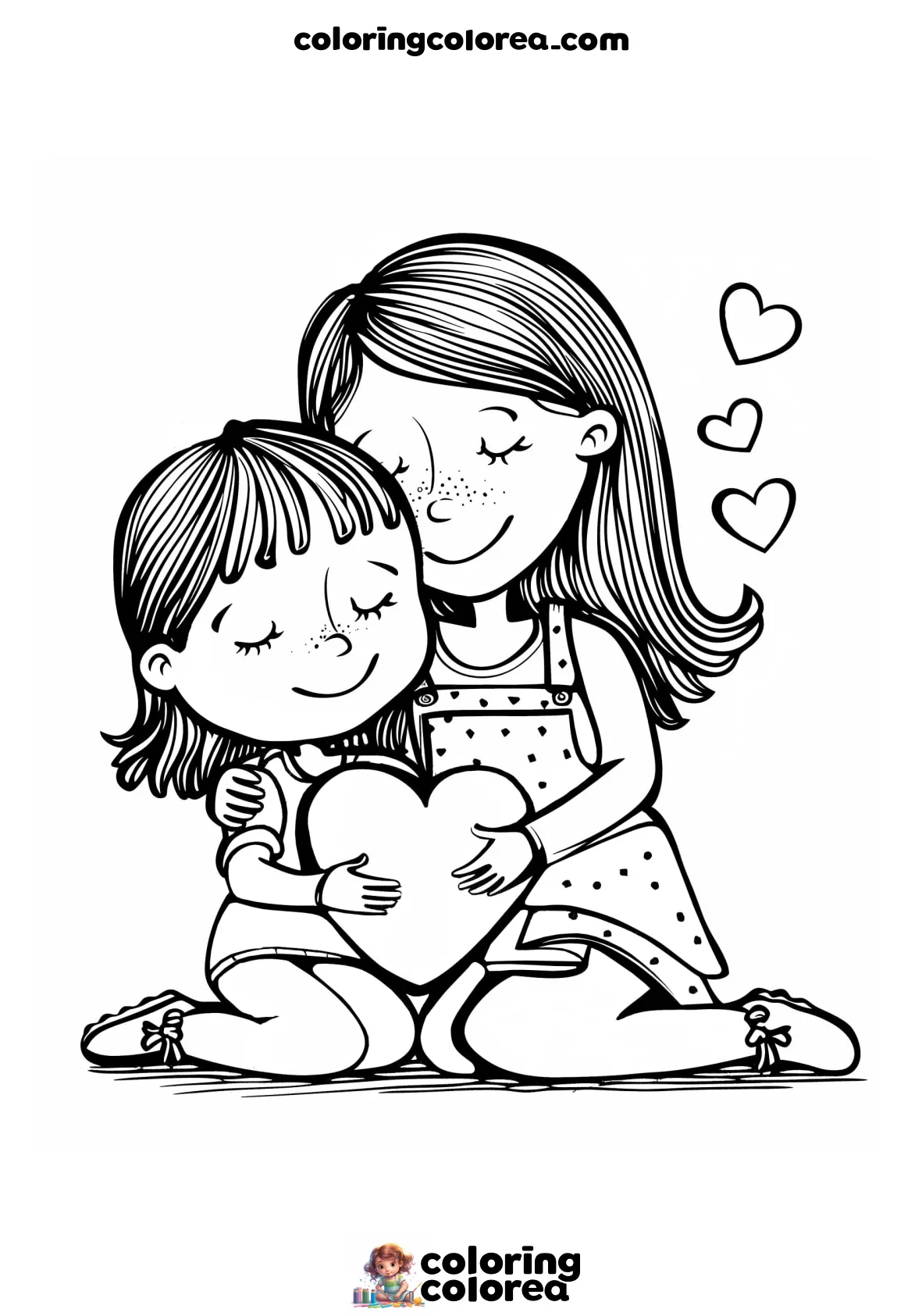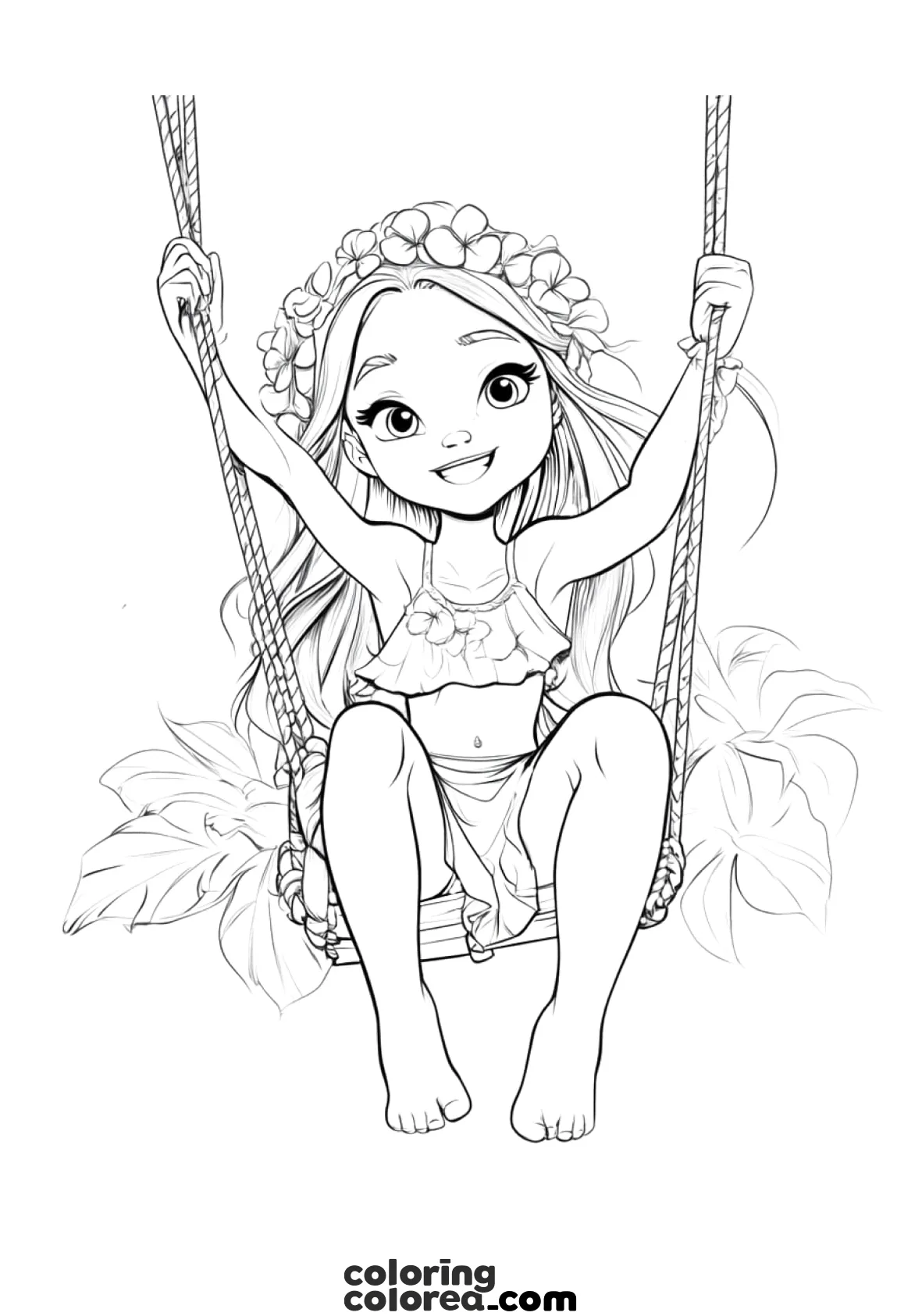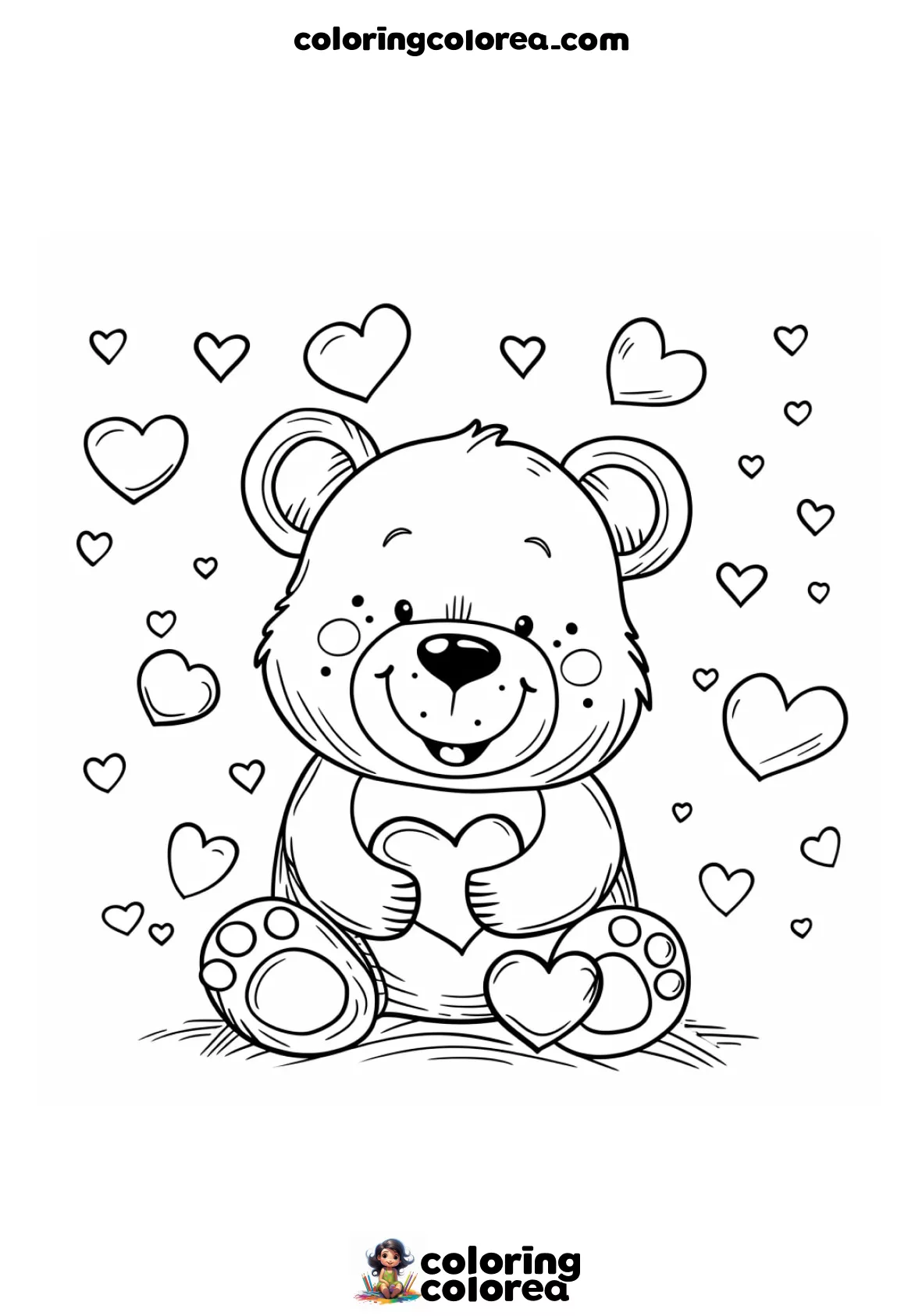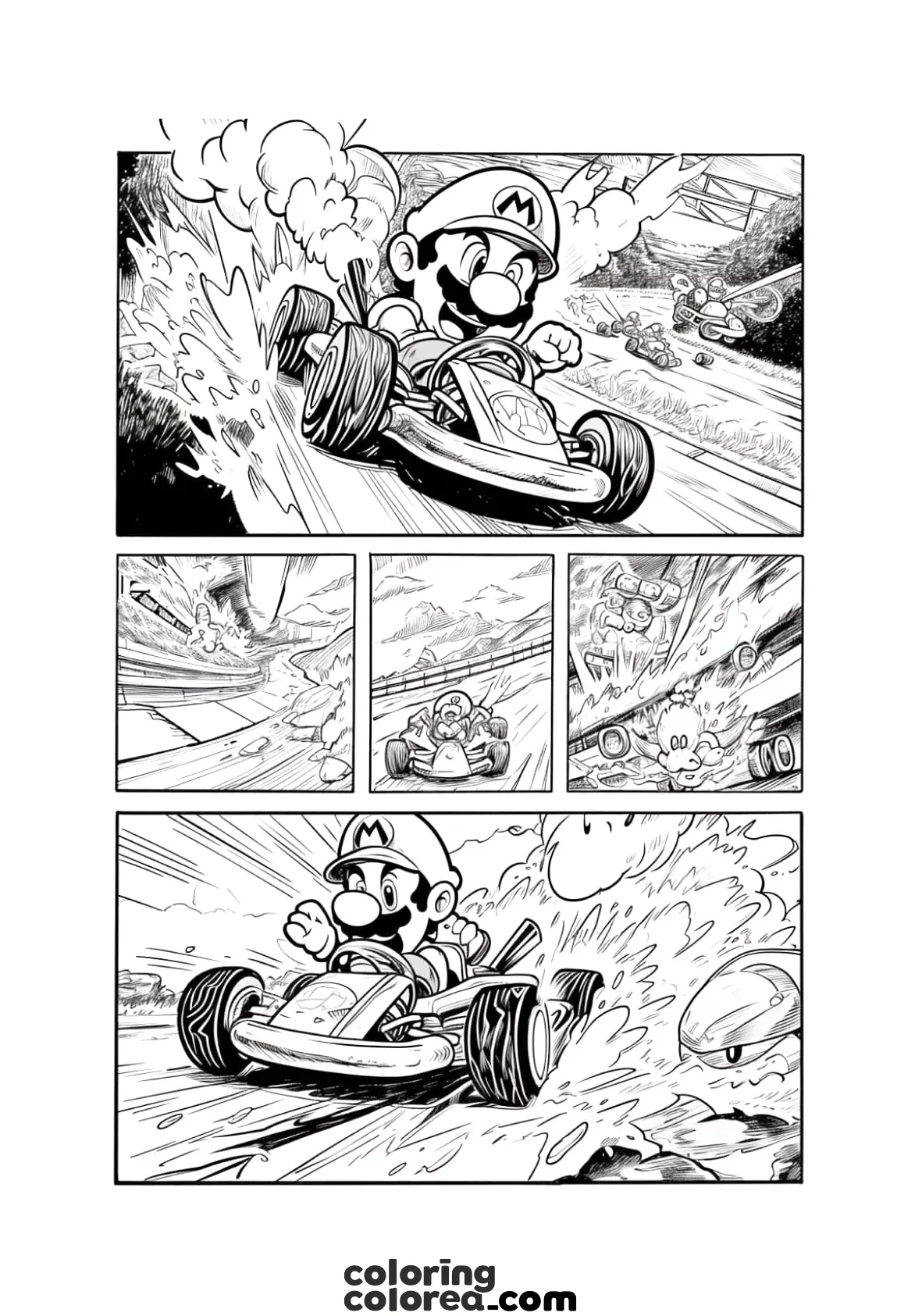Ideas and tips for coloring Superboy
1. Using Color to Add Volume and Depth
The character is viewed from below, meaning some parts of his body will be more illuminated than others. To achieve a realistic effect:
- Light Source: Determine where the light is coming from. In this case, the light can come from above of Superboy, as if lit by the sun. This means the top of his face, chest, and arms will be more illuminated, while areas under the chin, the sides of the body, and the inside of the cape will be in shadow.
- Soft Gradients: Use lighter colors in areas where the light hits directly and darker colors in shadowed areas. A subtle gradient helps avoid a flat effect and brings the drawing to life.
- Layering: Apply a light base color first and then add progressive layers of darker tones to create a three-dimensional effect.
2. Skin Coloring
For the skin, avoid a single uniform tone. Use warm colors for illuminated areas and slightly cooler or brown tones for shadows. Use a peach base with pink shading if the child has light skin. For darker skin tones, combine warm browns with golden or orange highlights.
- Cheeks and Nose: Adding a touch of red or pink to these areas can give more realism and warmth to the character’s expression.
- Shadows Under the Eyes and Chin: Applying subtle shadows in these places emphasizes the three-dimensionality of the face.
3. Bringing Hair to Life
The hair of Superboy should look dynamic and shiny. To achieve this:
- Strokes in the Direction of Hair Growth: Don’t fill everything with a single color. Use soft lines to mimic the texture of the hair.
- Highlights and Shadows: Add lighter highlights on the upper strands and shadows at the roots and inner areas.
- Using Multiple Tones: Instead of a single color, use three tones from the same range: a base color, a darker tone for depth, and a lighter one for highlights.
4. The Cape and Motion Effect
The cape is key in the composition of the drawing, as it adds dynamism and fluidity. To achieve this effect:
- Directional Shading: Use darker tones in the folds and inner areas of the fabric.
- Highlights on Elevated Areas: This will give volume and depth to the fabric, preventing it from looking flat.
- Different Tones of the Same Color: If the cape is red, try combining dark red, crimson, and orange highlights on the edges to give it more vibrancy.
5. Creating the Background: The Sense of Height
To reinforce the illusion that the child is flying, you can work on the background in different ways:
- Sky and Clouds: A background of graduated blue sky with fluffy clouds at the bottom will give the sensation of being high up. Use a lighter blue at the bottom and a deeper blue at the top for greater depth.
- Speed and Movement: You can add blurry lines in the background that mimic the effect of movement, as if he’s passing through the air.

